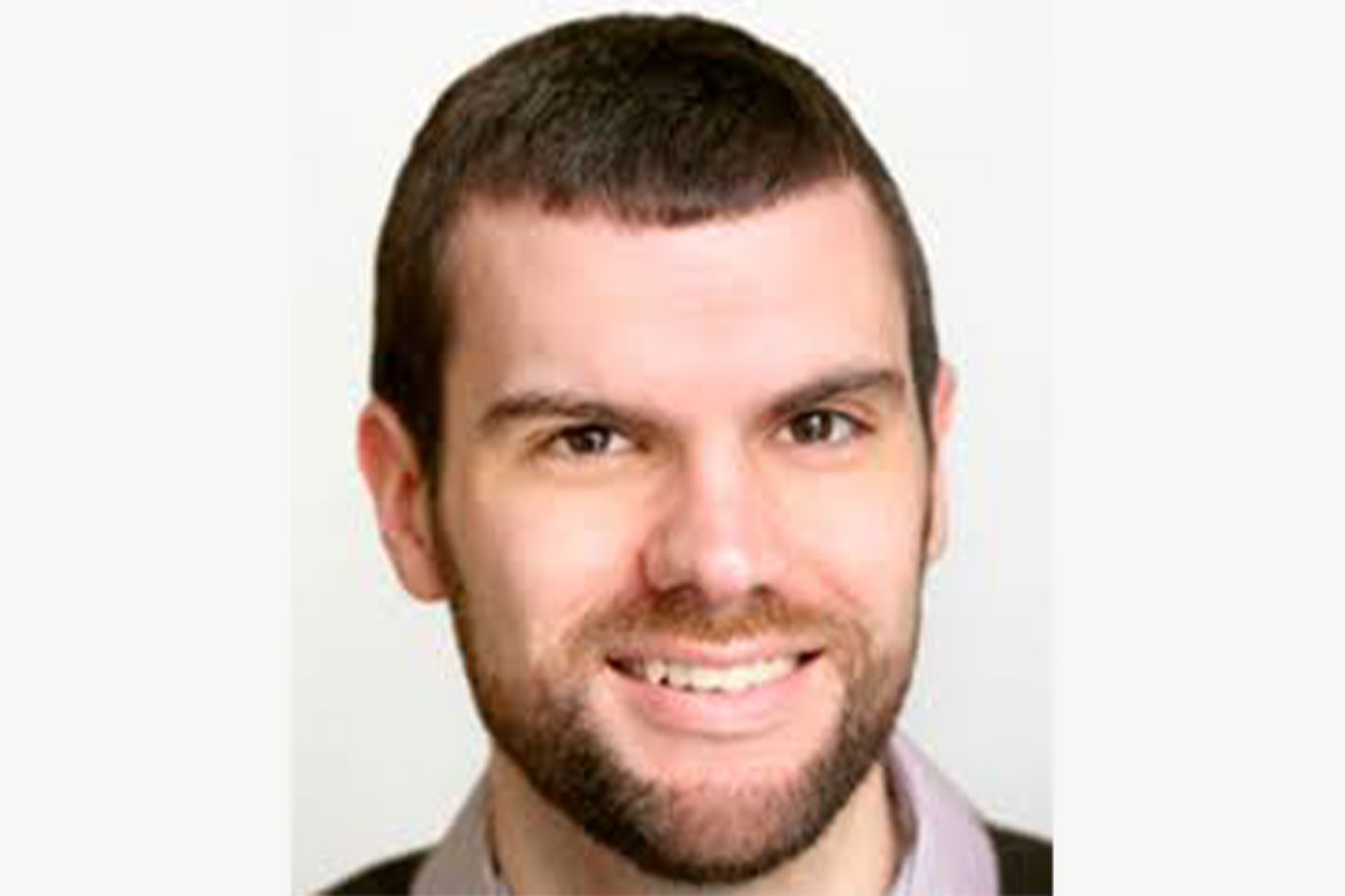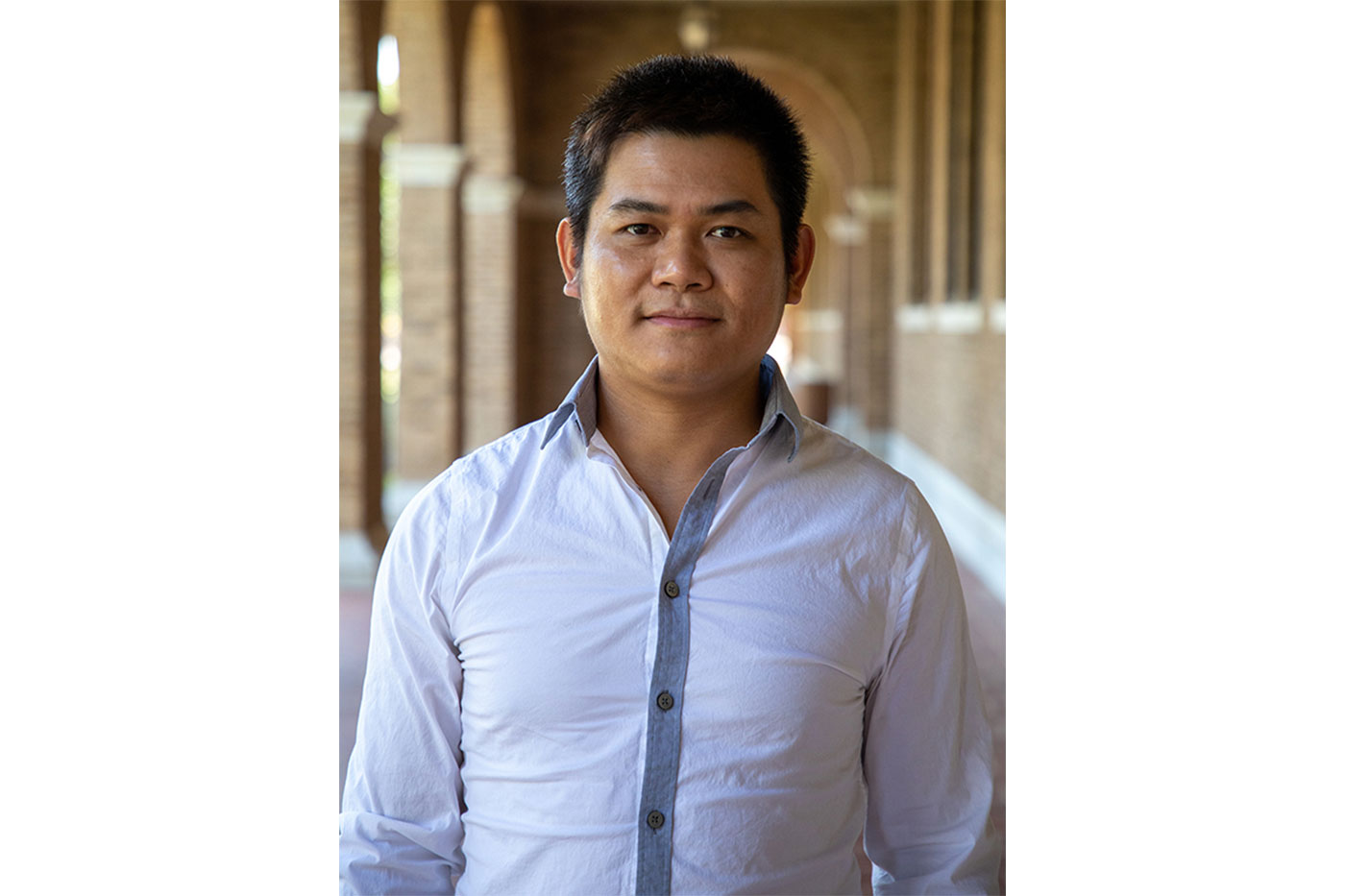The interdisciplinary collaboration between music and computer science has received a grant from the National Endowment for the Humanities to expand its database.
David Sears and Tommy Dang received a grant from the National Endowment for the Humanities (NEH) to further illuminate patterns in how people listen to music globally.
Sears is an associate professor of interdisciplinary arts in Texas Tech University’s Department of Interdisciplinary Arts and is co-director of the Performing Arts Research Lab (PeARL). Dang is an associate professor in the Department of Computer Science and director of the Interactive Data Visualization Lab (iDVL). The two researchers met at a workshop on campus years ago in an effort to further their interdisciplinary work.
While music and computer science aren’t an apparent pairing, this project seemed obvious to Sears and Dang. Both wanted to figure out what music people listen to, how that music impacts them and what they remember about it.


They both want to understand the human-to-music connection, they just have different approaches to getting there.
Thus, a collaboration was born.
Stuck In Your Head
For most people there is a song, that if it comes on the radio, is hard to turn off. For Dang, it’s “Hotel California.” The Vietnamese native said his hometown was obsessed with the song.
“Vietnam has a lot of coffee shops, and it would often play out the speakers as you walked by,” Dang recalled.
The famous 12-string guitar intro written by The Eagles was an impetus for Dang to learn classical guitar. He took lessons as a child but eventually was pressured by his parents to focus on technology as college drew near.
This research is his way of melding data visualization with his earlier passions.
Sears’ Spotify playlists display an enormous collection of music, but the track he currently plays most is “Sutera” by Malaysian artist Aisha Retno.
“The song’s verse will sound familiar to listeners who enjoy Western pop music, but the bridge is reminiscent of the Indonesian pasindén tradition, which refers to a female singer who by improvises over a gamelan, often using a Balinese musical scale.”
For Sears and Dang, their research question was simple: What do listeners learn from the music they encounter on a medium like Internet radio?
With roughly 8 billion people in the world, it’s a given everyone has varied musical tastes. But is there a pattern to those preferences? Does a listener’s geographical location predict their interest in certain instrumental selections or choices in genre?
To find answers to these questions, they needed data. So, they built Music Informatics for Radio Across the GlobE (MIRAGE), an open-access database and online dashboard that allows users to access, interact with, and export metadata and musicological features from the music on internet radio.
Sears likens it to the Internet Movie Database (IMDb).
“If you go to IMDb and search for a given movie, you’ll get a bunch of information about that film,” he said. “It displays who is in the cast, what the genre is and when it was released.”
But behind the website is a massive database that houses that information. The backend catalogs the data while the website pulls it up. This keeps the user from having to sift through millions of data points. MIRAGE works in a similar way. Cataloging 1 million songs across 10,000 internet radio stations, it allows people to conduct comparative studies, exploring the changing radio ecology across geographic regions.
To create MIRAGE, Sears and Dang recruited an international research team of music theorists and musicologists, radio/media scholars and software developers. The PeARL team was responsible for creating the database of searchable genres, artists, instrumentation and so forth, while the iDVL team built the program that could visualize the data.
For instance, if you visit the MIRAGE website and select Lubbock, Texas, on the map, it shows that talk radio and country are popular. However, if you click on Berlin, Germany, there is an affinity for ‘80s music. Singapore shows a proclivity for pop.
Music is not the only topic Dang deploys his computational capabilities for on campus.
“I work with faculty in health sciences, civil engineering, chemistry and the arts,” Dang noted. “I often don’t know a lot about the topic going into a project, but by building visual data, I learn.”
Dang works with researchers across disciplines to help visualize their findings and make their discoveries understandable and accessible to the masses. And with 65% of the population categorized as visual learners, this is paramount.
Exploring Applications
Sears and Dang hope that MIRAGE will aid a variety of researchers and practitioners. They’ll use the NEH grant to expand the database to millions of songs and revise the dashboard to support a larger user base.
Music theorists, musicologists, linguists and cultural anthropologists can use MIRAGE to examine listening trends in a particular region or track the exchange of styles across cultures. Scholars who work in radio could use MIRAGE for comparative studies that explore the changing ecology of radio with respect to station formats like Country or Adult Contemporary.
Sears said the dashboard is especially relevant with the growing use of artificial intelligence and algorithms.
“Music information retrieval researchers also could use MIRAGE for industry-relevant machine-listening tasks like genre recognition or instrument identification.”
Sears and Dang hope that at the end of the day, MIRAGE is used to better understand how people connect.
Music education has long favored Western expression. With tools like MIRAGE, the hope is that researchers and musicians can learn more about the music produced and heard around the world.
“I can build a web application or interface and there’s no problem with that,” Dang said. “But what interested me is the human side of this project. Asking, ‘What can this application teach us about human behavior over time?’ That’s exciting.”
Sears (PI) and Dang (Co-PI) would like to acknowledge the interdisciplinary research team responsible for the creation and success of MIRAGE: Ngan Nguyen, Elizabeth Acosta, Mia Wang, Ting Ting Goh, Jonathan Masley, Geethika Sanjeev, Lauren Peterson and David Priebe

